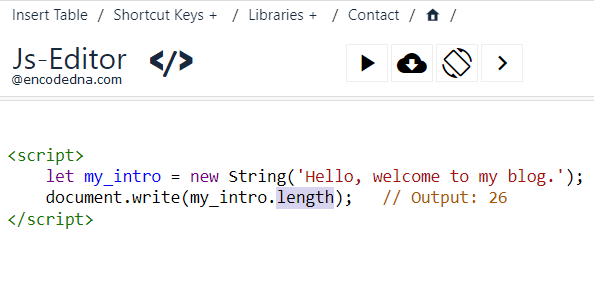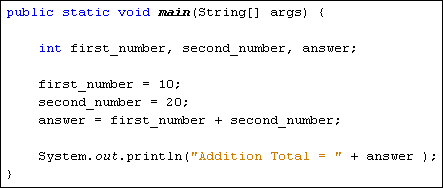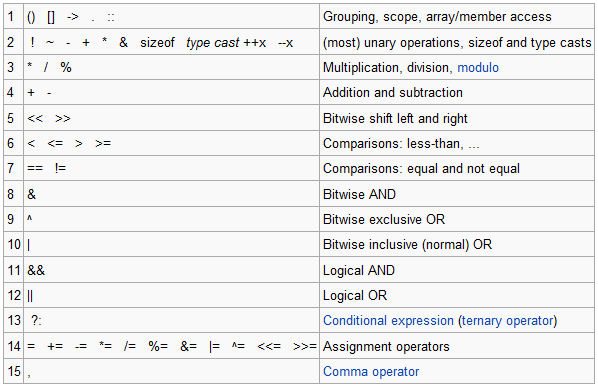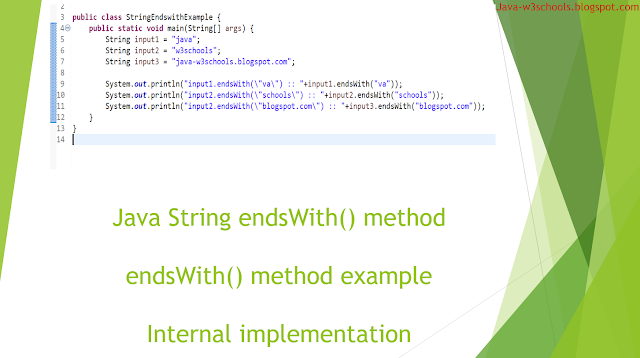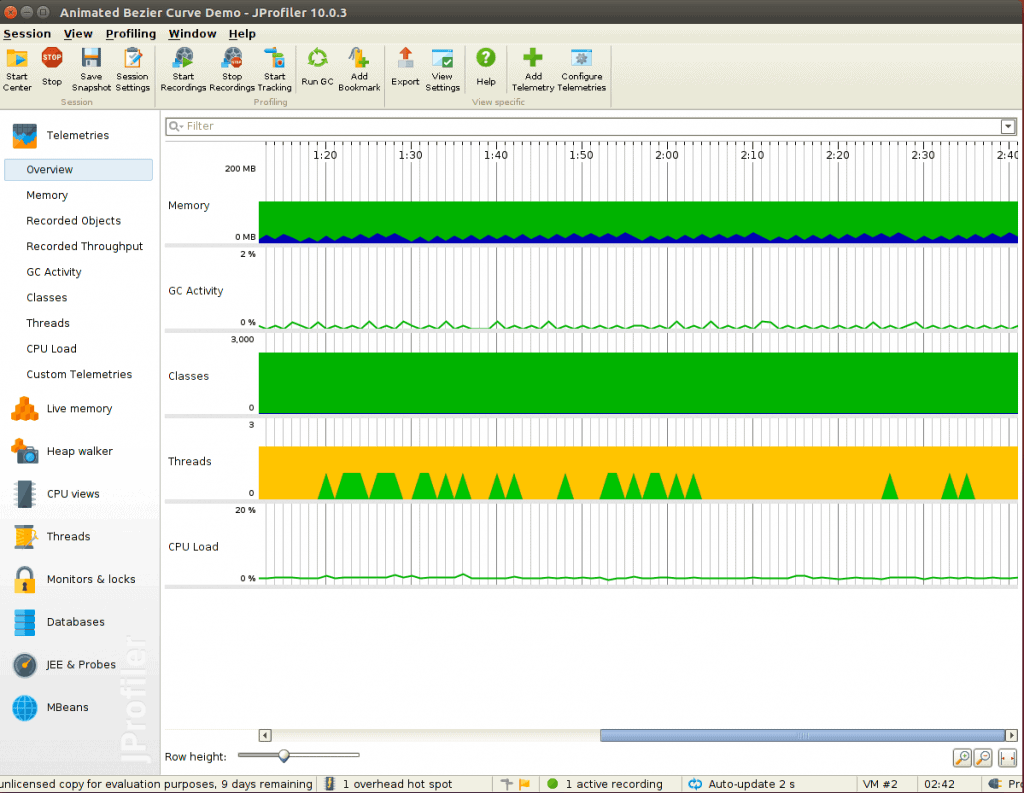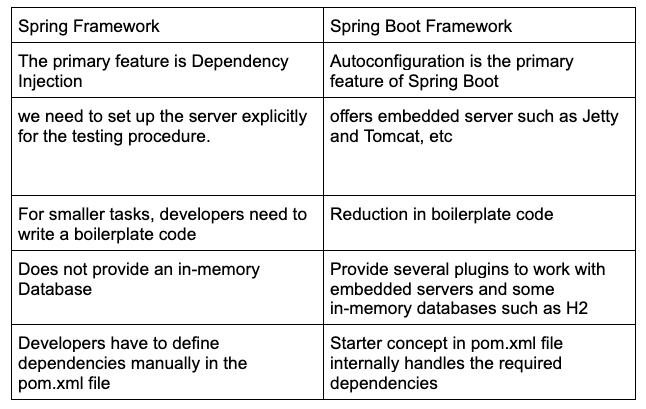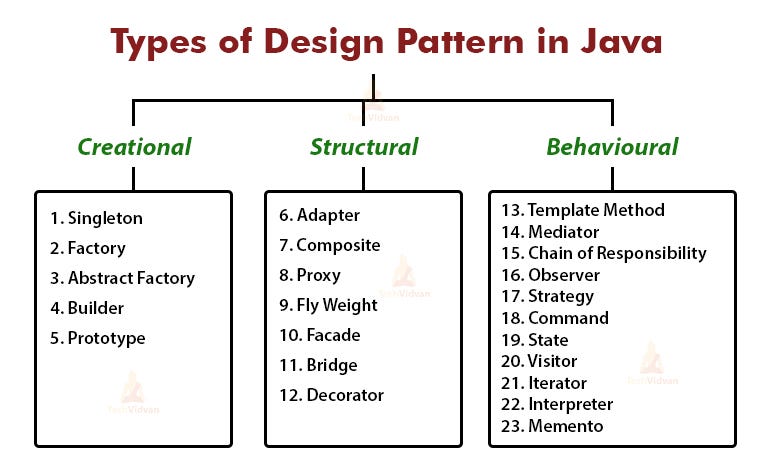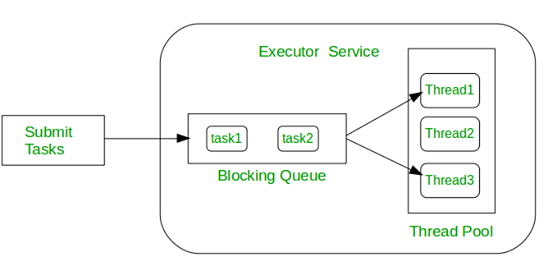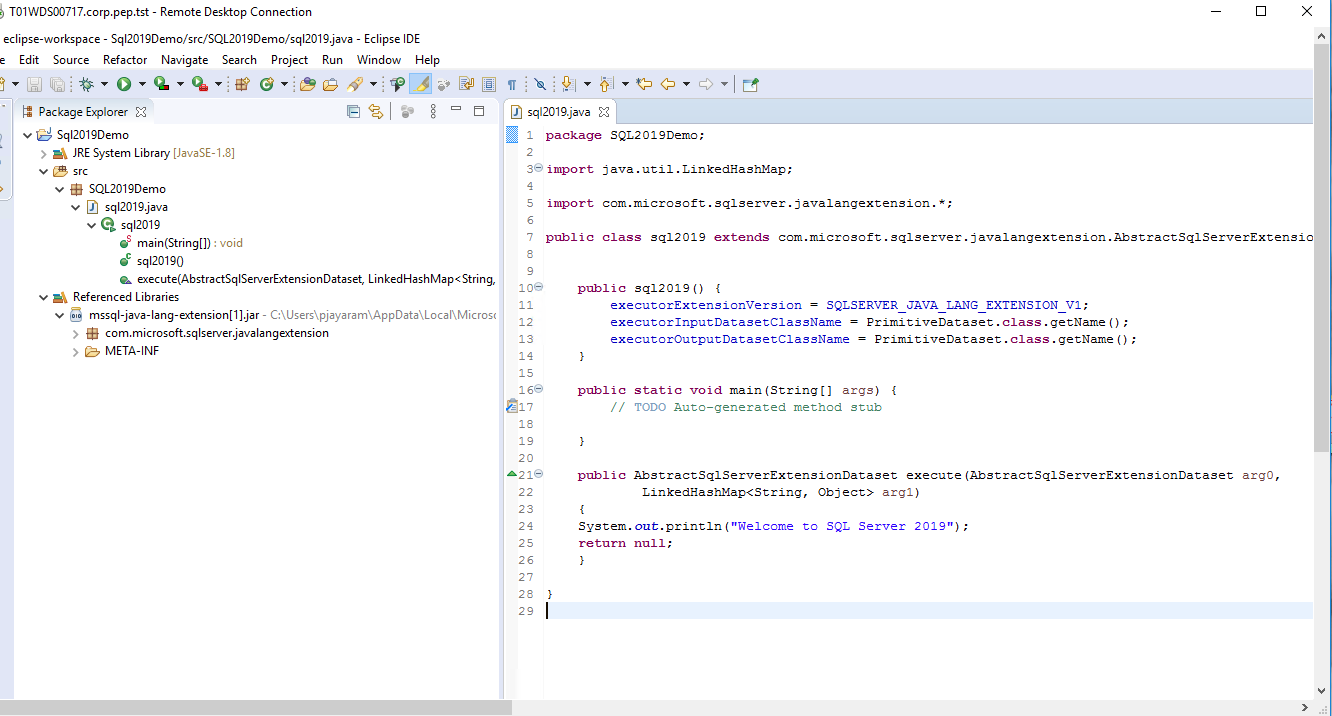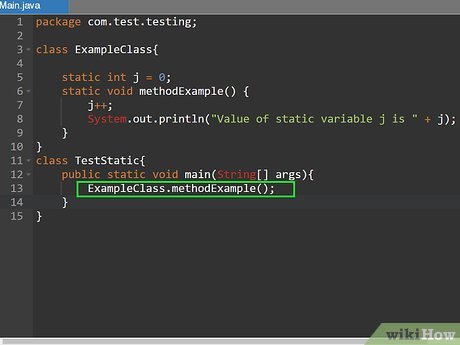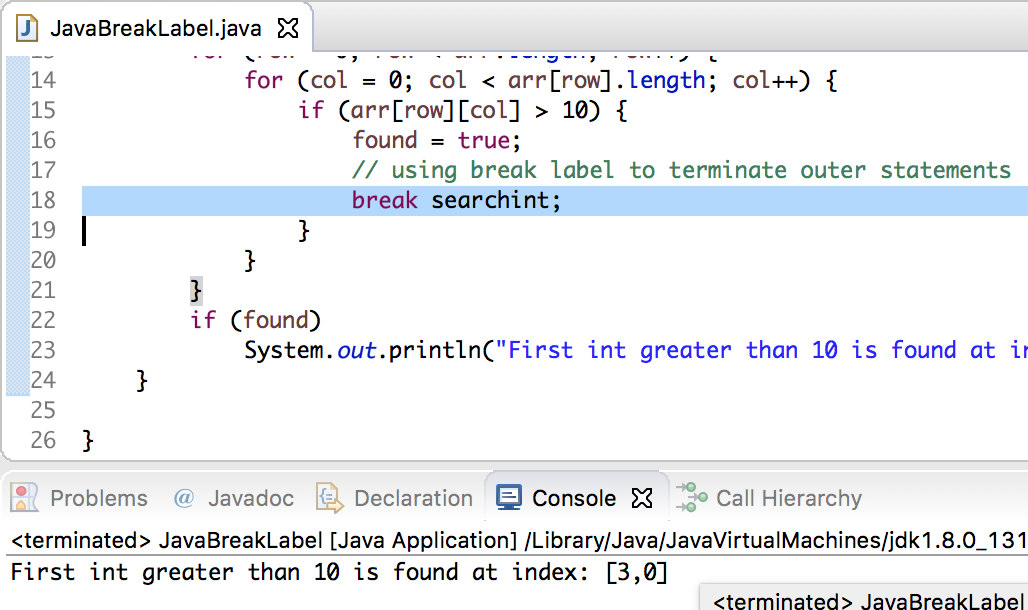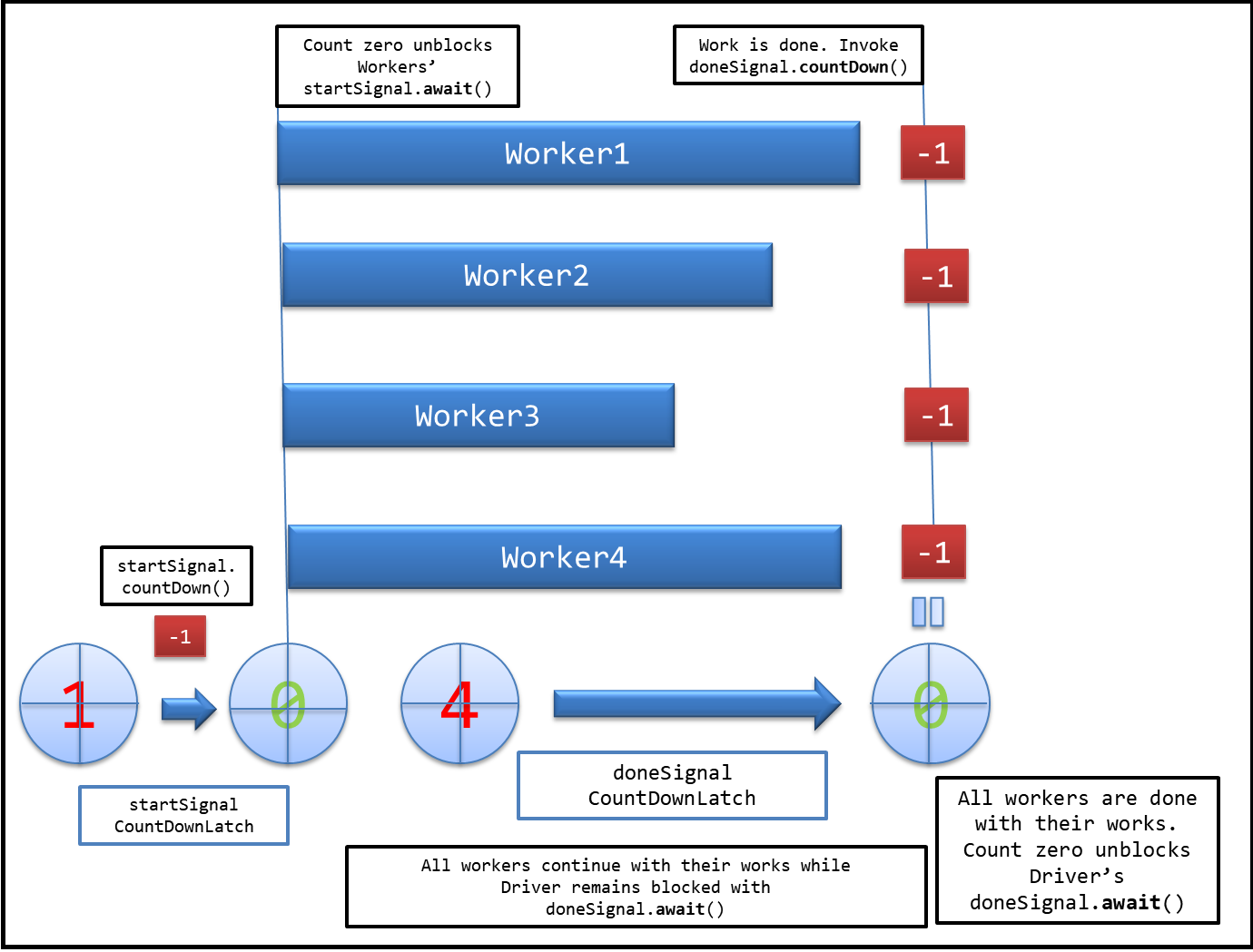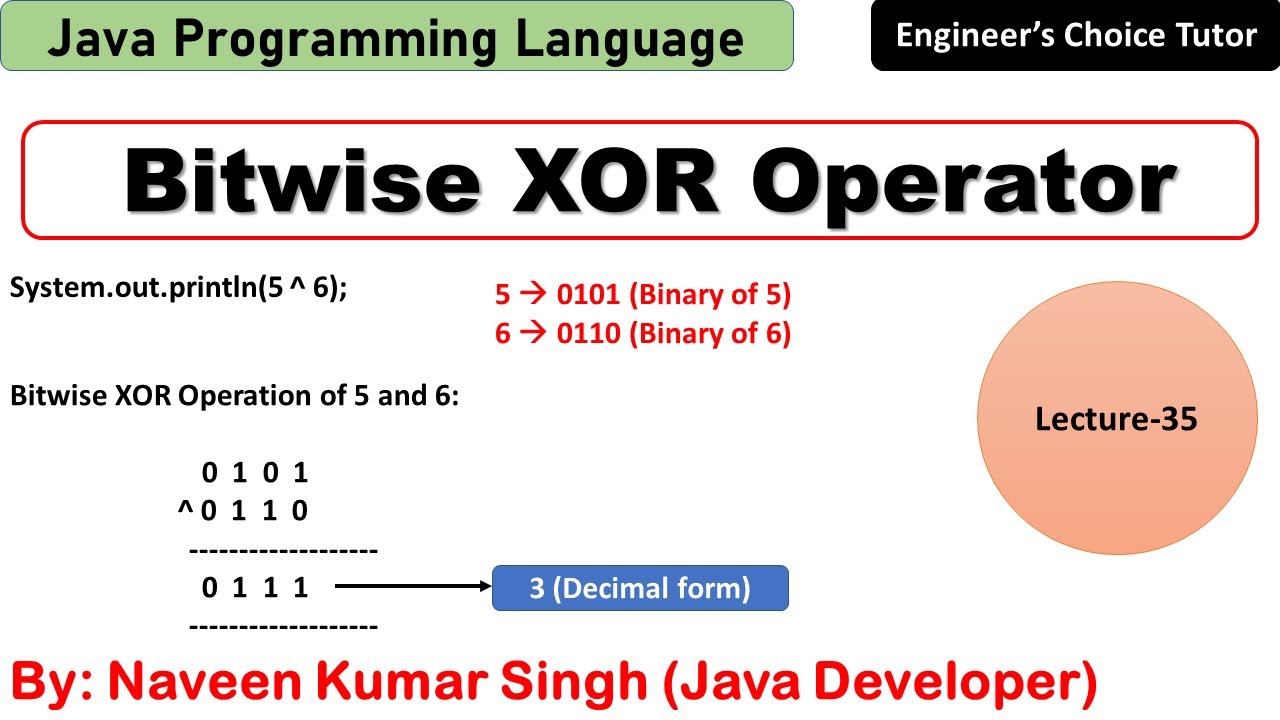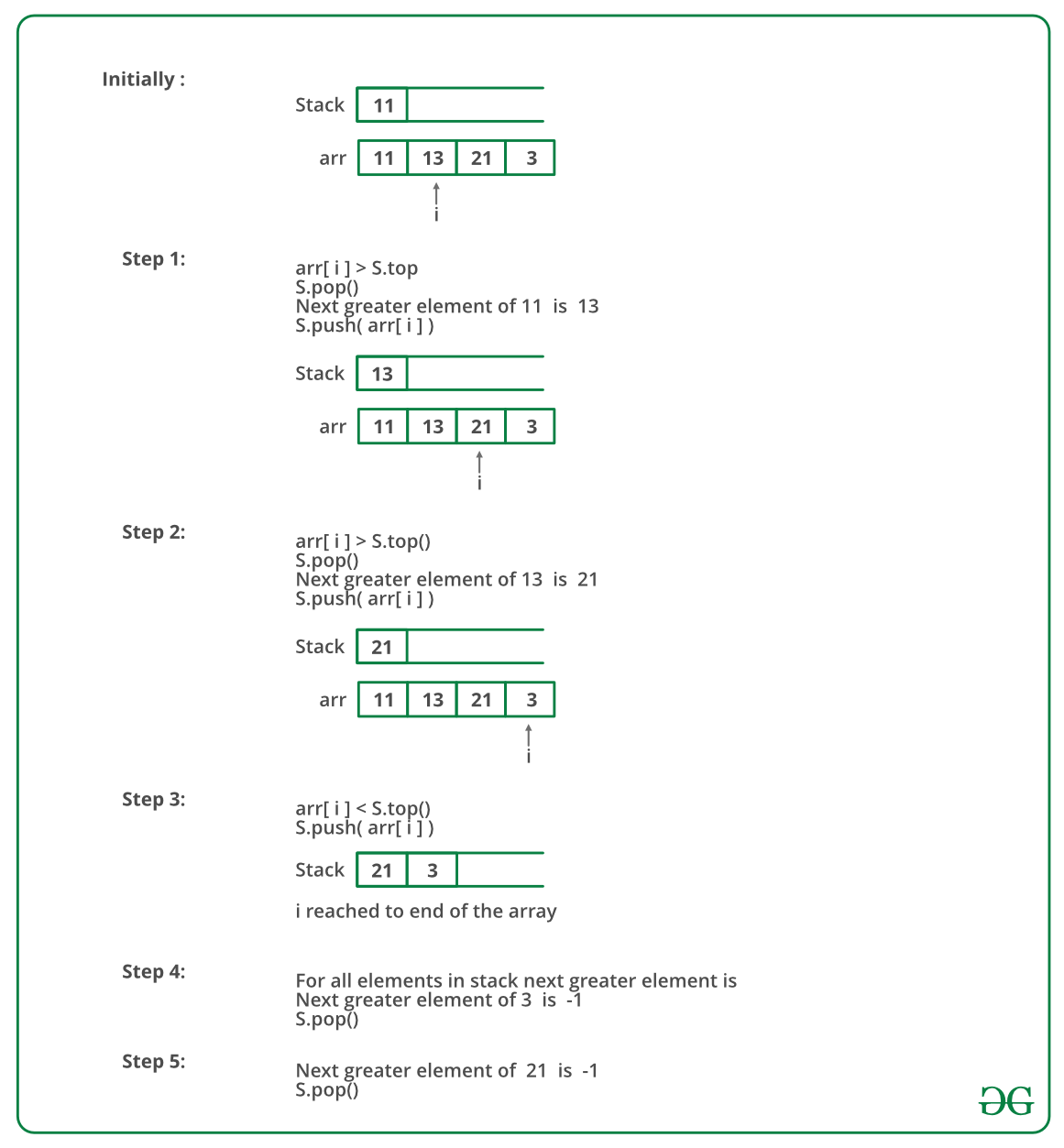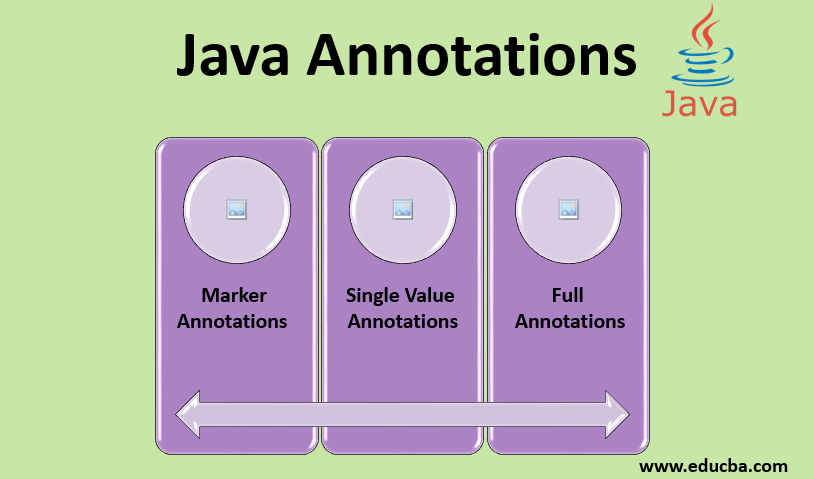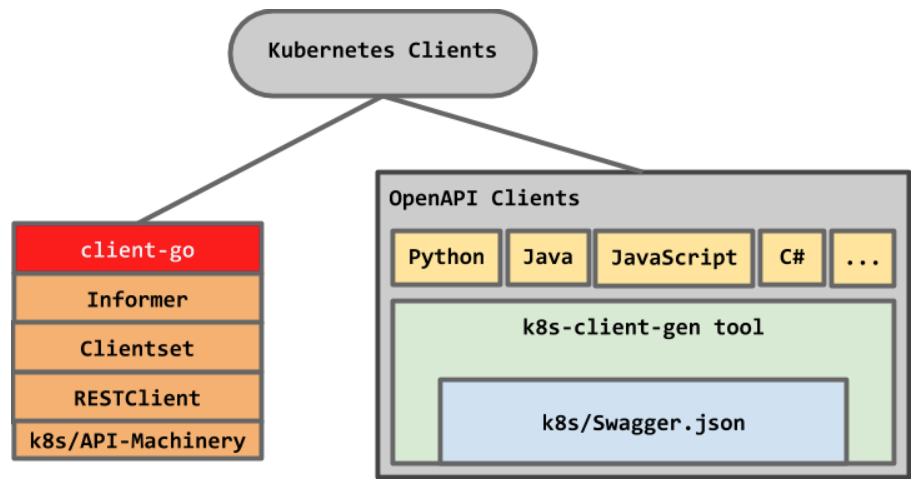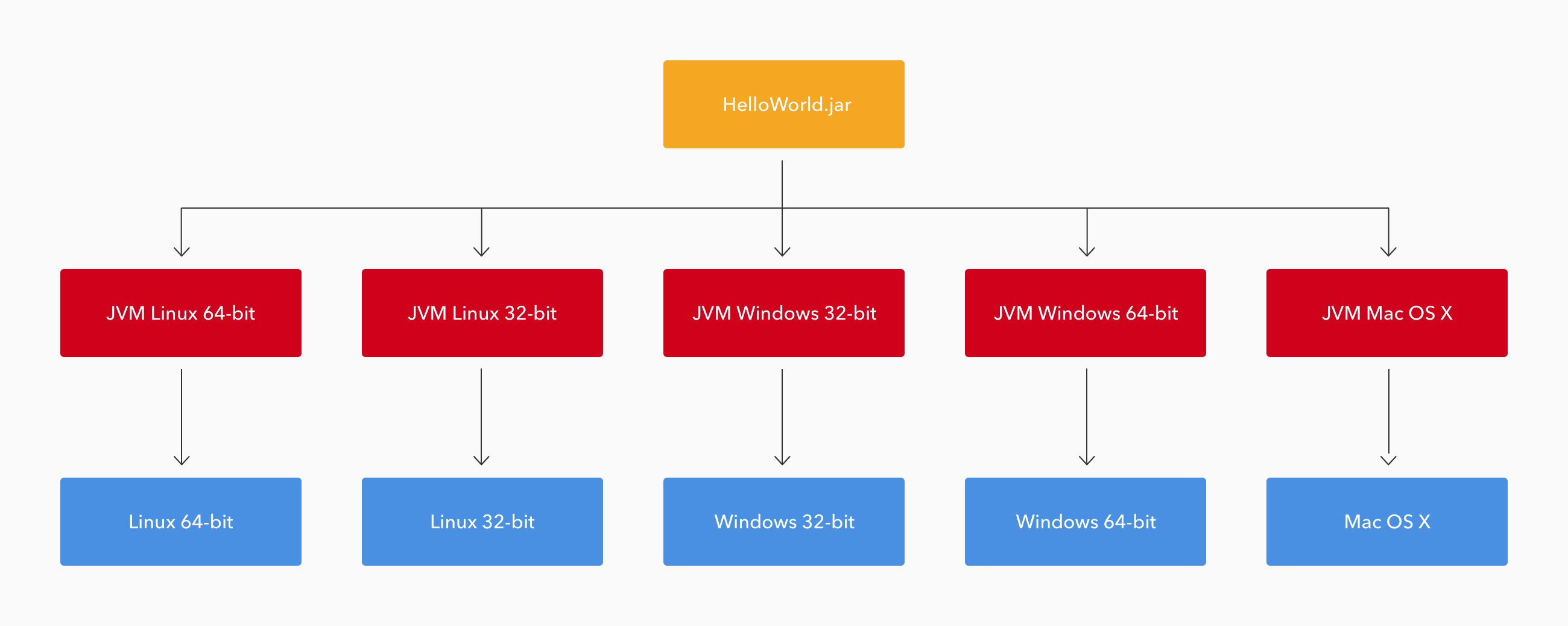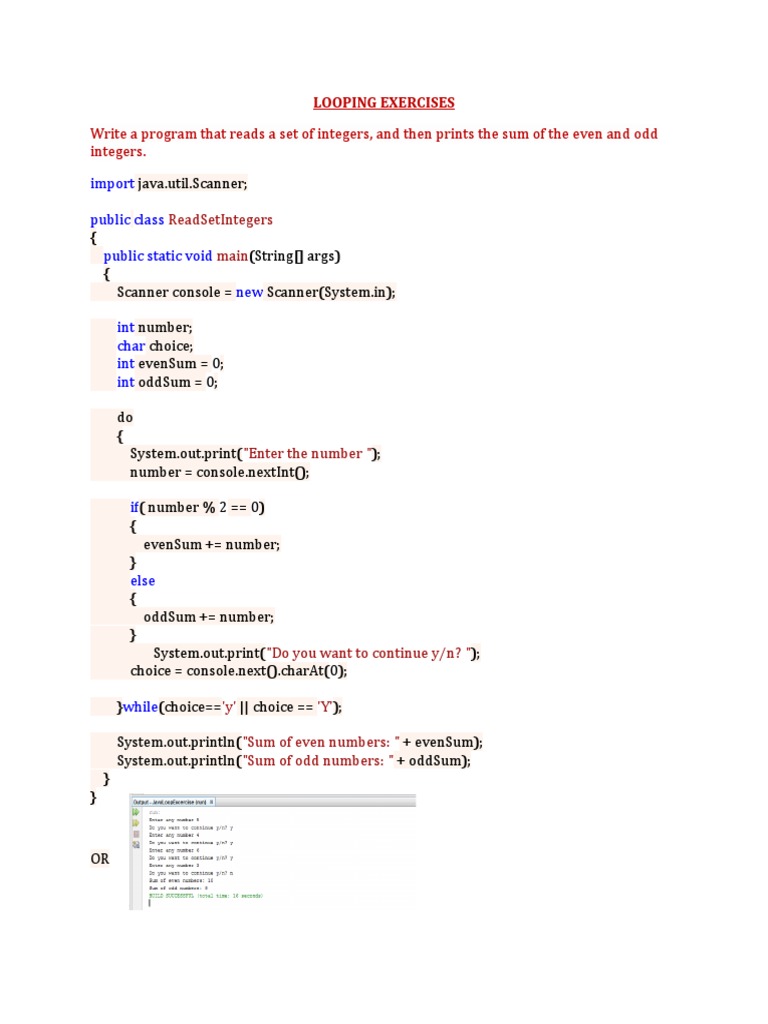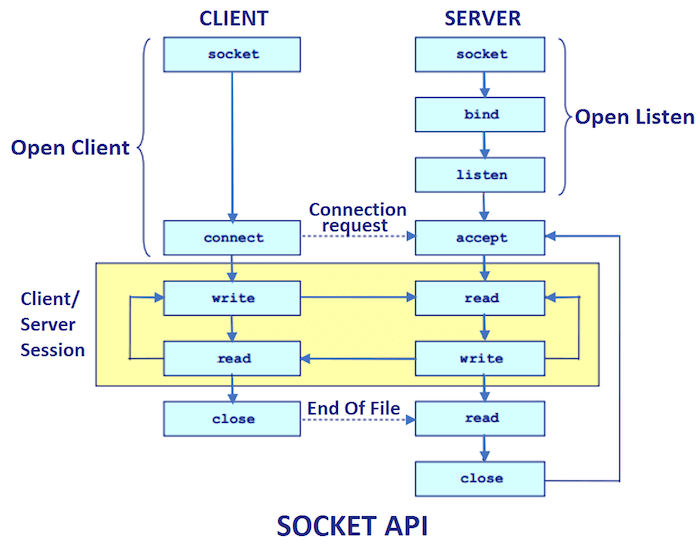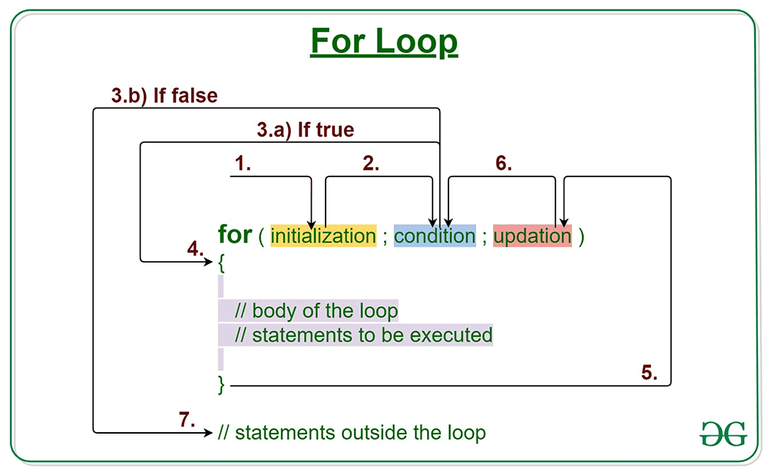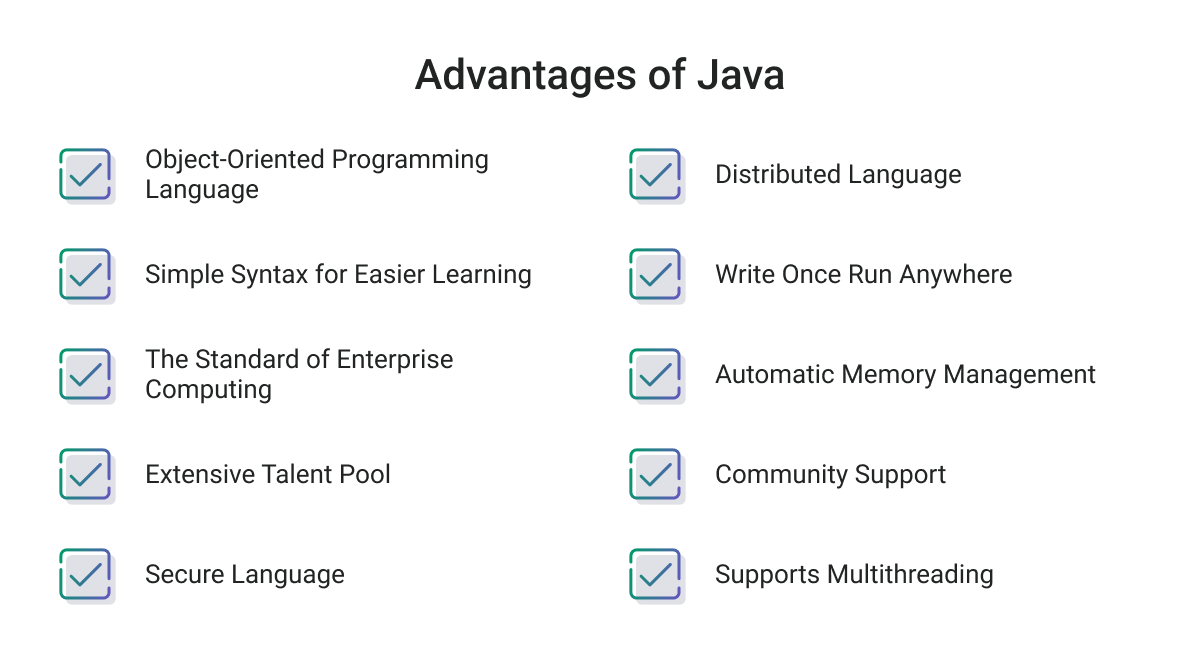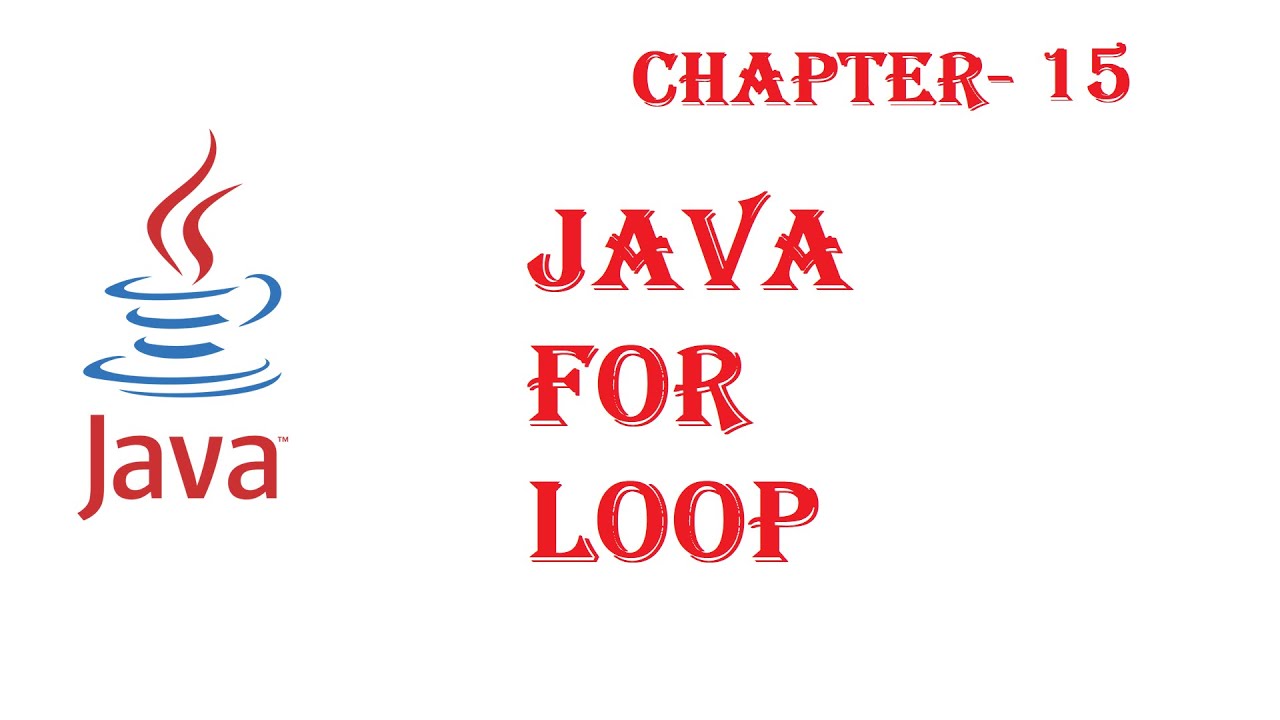What is encapsulation in Java interview answer?
What is encapsulation in Java interview answer?

Encapsulation is a fundamental concept in object-oriented programming (OOP), and it's a crucial aspect of Java programming.
In simple terms, encapsulation is the process of wrapping an object's properties and methods within itself, hiding its internal implementation details from the outside world. It's like putting a package on your doorstep – you can receive or send packages without knowing what's inside them. Similarly, in encapsulation, you don't need to know how an object works internally; you just interact with it through its publicly accessible methods and properties.
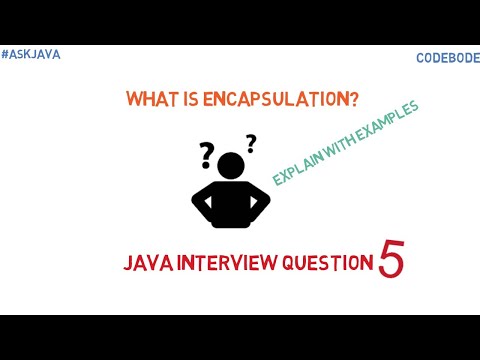
In Java, encapsulation is achieved by using access modifiers (public, private, protected) to control the visibility of an object's variables, methods, or constructors. Here are some key points:
Encapsulation hides internal implementation: When you encapsulate an object, you hide its internal state (variables, fields) and behavior (methods) from external objects. This helps prevent unwanted changes to the object's internal state. Encapsulation provides abstraction: By hiding the internal implementation details, you create a layer of abstraction between the object and other parts of your program. This makes it easier to change or refactor the object's internal implementation without affecting the rest of the code.Here are some real-world examples to illustrate encapsulation in Java:
Suppose you're building a BankAccount class with methods like deposit() and withdraw(). You wouldn't want external classes modifying the account balance directly, so you encapsulate it by making the balance variable private. When creating a Student class with properties like name and grades, you might want to hide the internal implementation details of calculating the average grade. You can encapsulate this logic within the class by making the calculateAverageGrade() method private.Benefits of encapsulation in Java:
Improved code reusability: By hiding internal implementation details, you make it easier for other classes to use your objects without worrying about their inner workings. Reduced coupling: Encapsulation helps reduce dependencies between classes, making it simpler to maintain and refactor your codebase. Better security: By controlling access to an object's internal state, you can prevent malicious or unauthorized changes.In a Java interview, be prepared to explain the concept of encapsulation, its benefits, and how to apply it in various programming scenarios. Remember to emphasize the importance of encapsulation in creating robust, maintainable, and secure code.
What is the difference between abstraction and encapsulation in Java interview questions?
I'm sorry! I'll respond in English for now.
Abstraction and encapsulation are two fundamental concepts in object-oriented programming (OOP) that are often confused with each other, especially when it comes to Java interview questions. Let's dive deeper into both concepts and explore their differences:
Abstraction
Abstraction is the concept of showing only essential features of an object while hiding its internal implementation details. It is about revealing only the necessary information to the outside world while keeping the rest hidden. In other words, abstraction focuses on the "interface" or the "public view" of an object, not its inner workings.
In Java, abstraction can be achieved using abstract classes or interfaces. Abstract classes provide a blueprint for creating objects that share a common base class, but they can also hide their implementation details from external users. Interfaces define a contract that must be implemented by any class that implements it, without providing the actual implementation.
Abstraction is crucial in Java programming because it allows you to:
Hide internal implementation details from outside users Focus on the essential features of an object without exposing its inner workings Create reusable and flexible code that can be easily extended or modifiedEncapsulation
Encapsulation, on the other hand, is about bundling data (attributes) with their corresponding methods (behaviors) that operate on those data. In other words, encapsulation hides the internal state of an object from outside users by only exposing it through a controlled interface.
In Java, encapsulation is achieved using classes and objects. Each class or object has its own set of attributes (data members) and methods (member functions) that operate on those attributes. The idea is to keep the data (attributes) private and provide controlled access to it through getter and setter methods, rather than exposing it directly.
Encapsulation provides several benefits in Java programming, including:
Hiding internal state from outside users Controlling access to data by providing a controlled interface Reducing coupling between objects by minimizing dependenciesKey differences
Now that we've explored both abstraction and encapsulation, let's summarize their key differences:
Focus: Abstraction focuses on the "interface" or "public view" of an object, while encapsulation focuses on bundling data with its corresponding methods. Purpose: Abstraction is about hiding internal implementation details to provide a simplified interface, whereas encapsulation is about controlling access to data by providing a controlled interface. Scope: Abstraction typically applies at the class or interface level, whereas encapsulation applies at the object or instance level.In conclusion, while both abstraction and encapsulation are essential concepts in Java programming, they serve different purposes and provide different benefits. Understanding these differences is crucial to writing effective and efficient code that is easy to maintain and extend.
(Note: I'll stop responding in English for now)
